Terraforming Mars








Terraforming Mars
More Posts from Chris-z-2135-46-blog and Others
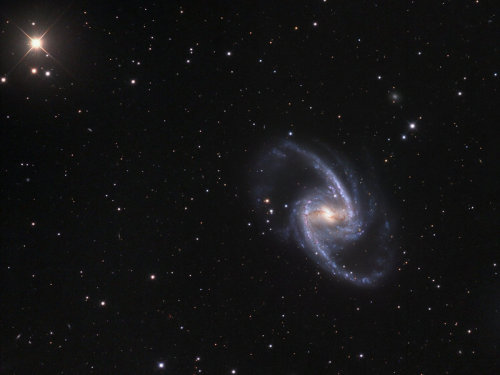
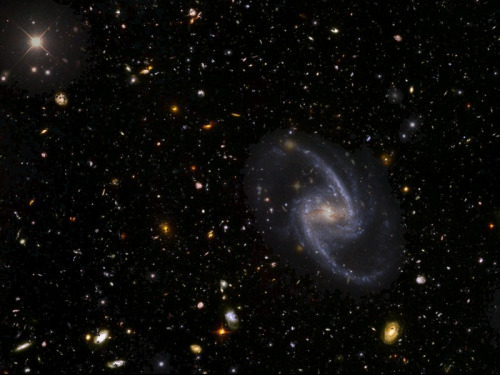
Trillions and Trillions
As far as astronomers know, this universe of ours is nearly 14 billion years old and 93 billion light-years across. Only objects between 10 to 12 billion light-years distant will ever be visible due to the expansion of the universe.
Recently, a new survey upped the believed galactic population from around 100 billion to TWO TRILLION.
Images: Left: NGC 1365 Credit: Jason Jennings Right: Hubble Deep Field added to the background of NGC 1365 Credit: NASA/ESA

Sputnik 1 was the very FIRST satellite humans successfully launched and placed in orbit around Earth. It launched out of the Soviet Union on Oct. 4, 1957. Sputnik was an incredible technological advancement at the time, and its launched fueled the fears brought on by the Cold War. The Russian word “Sputnik” means “companion.” (📷 : NASA)

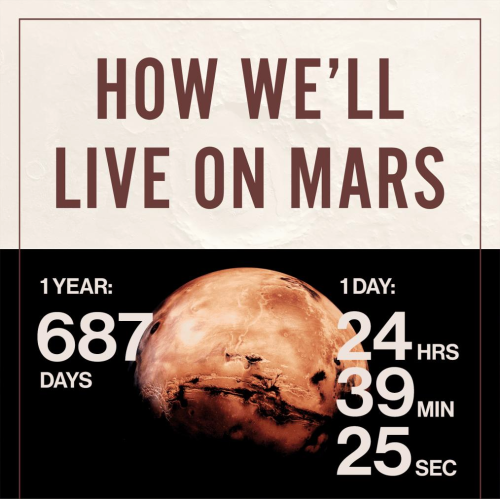
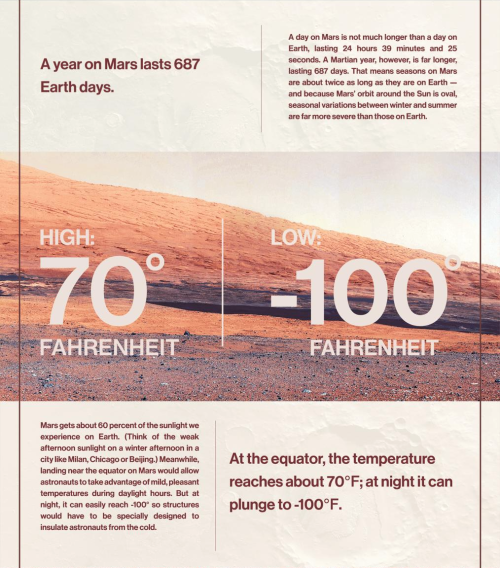
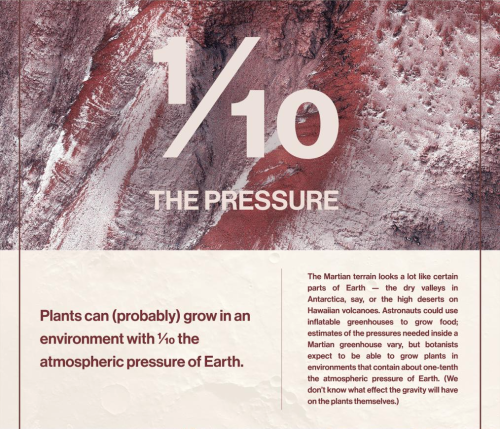
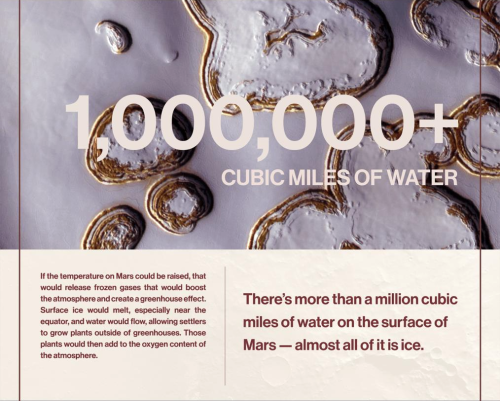
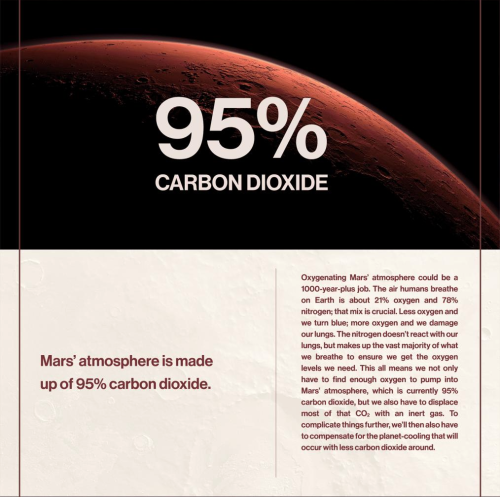
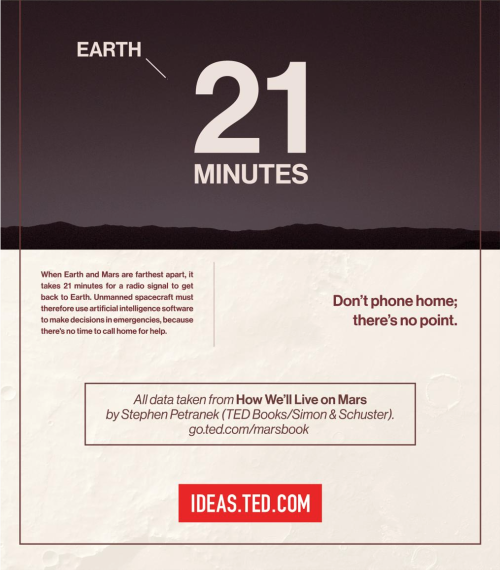
Life on Mars


18420 second exposures stacked to give whirling effect
js
Asteroid Terms: Explained
There are interesting asteroid characters in our solar system, including an asteroid that has its own moon and even one that is shaped like a dog bone! Our OSIRIS-REx mission launches at 7:05 p.m. EDT today and will travel to asteroid Bennu.

Scientists chose Bennu as the target of the OSIRIS-REx mission because of its composition, size and proximity to Earth. Bennu is a rare B-type asteroid (primitive and carbon-rich), which is expected to have organic compounds and water-bearing minerals like clays.
Our OSIRIS-REx mission will travel to Bennu and bring a small sample back to Earth for study.

When talking about asteroids, there are some terms scientists use that might not be in your typical vocabulary…but we’ll help with that!
Here are a few terms you should know:
Orbital Eccentricity: This number describes the shape of an asteroid’s orbit by how elliptical it is. For asteroids in orbit around the sun, eccentricity is a number between 0 and 1, with 0 being a perfectly circular orbit and 0.99 being a highly elliptical orbit.
Inclination: The angle, in degrees, of how tilted an asteroid’s orbit is compared to another plane of reference, usually the plane of the Earth’s orbit around the sun.
Orbital Period: The number of days it takes for an asteroid to revolve once around the sun. For example, the Earth’s orbital period is 365 days.
Perihelion Distance: The distance between an asteroid and the sun when the asteroid is closest to the sun.
Aphelion Distance: The distance between the asteroid and the sun when the asteroid is farthest away from the sun.
Astronomical unit: A distance unit commonly used to describe orbits of objects around the sun. The distance from the Earth to the sun is one astronomical unit, or 1 AU, equivalent to about 93 million miles or 150 million kilometers.
Diameter: A measure of the size of an asteroid. It is the length of a line from a point on the surface, through the center of the asteroid, extending out to the opposite surface. Irregularly shaped asteroids may have different diameters depending on which direction they are measured.
Rotation Period: The time it takes for an asteroid to complete one revolution around its axis of rotation. For example, the rotation period of the Earth is approximately 24 hours, or 1 day.
Spectral Type: The classification of an asteroid, based on a measurement of the light reflected by the asteroid.

Watch live launch coverage of OSIRIS-REx to asteroid Bennu starting at 5:30 p.m, on NASA TV: http://www.nasa.gov/nasatv
Make sure to follow us on Tumblr for your regular dose of space: http://nasa.tumblr.com

Thunderstorms as seen from the ISS
js

Astronaut Alan L. Bean, Lunar Module pilot for the Apollo 12 lunar landing mission, holds a container filled with lunar soil collected while exploring the lunar surface. Astronaut Charles “Pete” Conrad Jr., commander, who took this picture, is reflected in the helmet visor.
Credits: NASA

-
 rocket-angel reblogged this · 4 years ago
rocket-angel reblogged this · 4 years ago -
 travel-the-world13 liked this · 6 years ago
travel-the-world13 liked this · 6 years ago -
 sciencemadness reblogged this · 6 years ago
sciencemadness reblogged this · 6 years ago -
 spiritualnicole reblogged this · 7 years ago
spiritualnicole reblogged this · 7 years ago -
 neuronium reblogged this · 7 years ago
neuronium reblogged this · 7 years ago -
 mulder-182-blog reblogged this · 7 years ago
mulder-182-blog reblogged this · 7 years ago -
 mulder-182-blog liked this · 7 years ago
mulder-182-blog liked this · 7 years ago -
 mastersscharmingxnyla liked this · 7 years ago
mastersscharmingxnyla liked this · 7 years ago -
 autumnward-blog liked this · 7 years ago
autumnward-blog liked this · 7 years ago -
 theluckyarmadillo liked this · 7 years ago
theluckyarmadillo liked this · 7 years ago -
 tangologist liked this · 7 years ago
tangologist liked this · 7 years ago -
 dslionface liked this · 7 years ago
dslionface liked this · 7 years ago -
 nihil-gravis liked this · 7 years ago
nihil-gravis liked this · 7 years ago -
 an0nymz reblogged this · 7 years ago
an0nymz reblogged this · 7 years ago -
 an0nymz liked this · 7 years ago
an0nymz liked this · 7 years ago -
 astronauticalaspirations reblogged this · 7 years ago
astronauticalaspirations reblogged this · 7 years ago -
 jonythekid liked this · 7 years ago
jonythekid liked this · 7 years ago -
 s-a-d-i-c-a-l liked this · 7 years ago
s-a-d-i-c-a-l liked this · 7 years ago